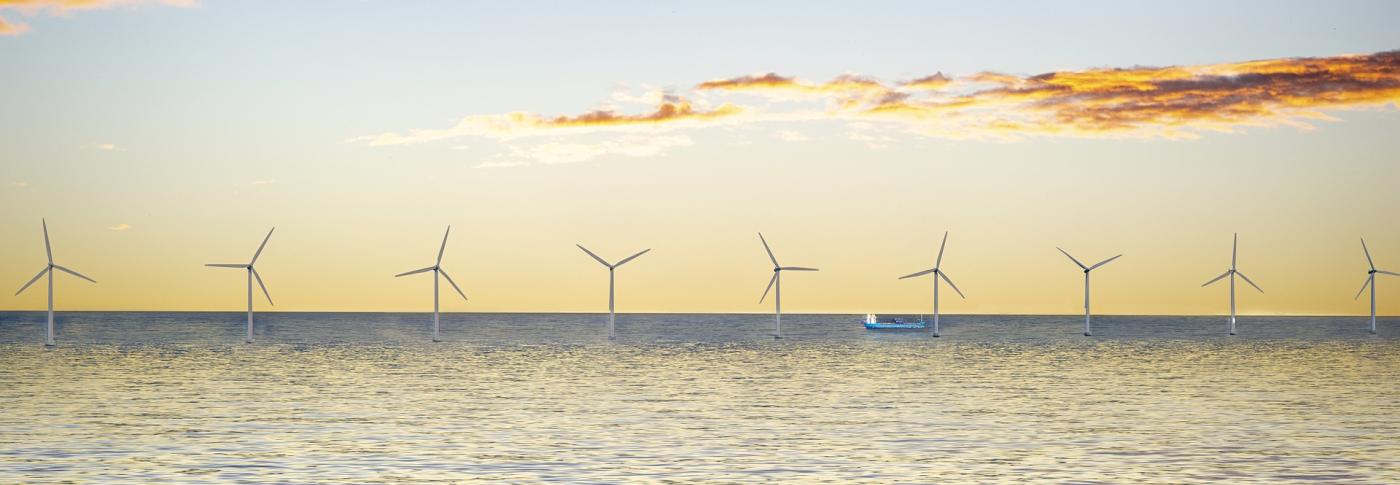
Our role in connecting offshore wind farms to the grid
30 Jun 2020 - 3 minute read
Offshore wind farms are a key part of the government’s plans for the UK to be net zero in 2050. We don’t own any of the turbines, or the substations and cables that link them, so what’s our role in connecting them to the grid? In this blog our Offshore Coordination Senior Manager Alice Etheridge explains more.
In the past decade the UK has emerged as a world leader in offshore wind energy, with turbines located right across the country, stretching from Beatrice in the Moray Firth, Gwynt y Môr off the coast of North Wales and the world’s largest offshore windfarm, Hornsea 1 in the North Sea
These projects power millions of homes with clean energy and bring significant environmental and economic benefits, but of course, like any infrastructure project they have associated impacts on the local area, with new developments and construction works too.
So where does the ESO come in?
At National Grid ESO, it’s our job to move high-voltage electricity around the grid. Our control room does this, using the wires, cables and generators that are available, ensuring supply and demand are always in balance. Last year we became a legally separate entity within the National Grid Group. Separating us from National Grid Electricity Transmission provides transparency in our decision-making and confidence that everything we do will promote competition and is ultimately for the benefit of consumers.
I lead the ESO’s Offshore Coordination project which is delivering a number of reports on the strategy for connecting offshore wind farms to Great Britain. We’re working in partnership with a wide variety of stakeholders to examine a whole range of different technical and engineering solutions. All with the aim of ensuring value for money for consumers, facilitating offshore wind’s contribution to the net zero target and reducing the environmental and social impact of onshore connections. The report resulting from the first phase of our project, a cost benefit analysis of various connection options, will be delivered to BEIS and Ofgem in the autumn.
We’re working in partnership to examine different technical and engineering solutions - all aimed at ensuring value for money for consumers, facilitating offshore wind’s contribution to the net zero target and reducing the environmental and social impact of onshore connections.
Who are the other parties involved?
The UK government (through the Department for Business, Energy and Industrial Strategy, or BEIS for short) has provided more support for offshore wind than any other country in the world and anticipates that the technology will play a key role in helping the UK meet the target of net zero carbon emissions by 2050. That has led to a number of developers, such as Scottish Power Renewables and Vatenfall committing to new offshore wind farm projects. National Grid Electricity Transmission, SP Transmission and Scottish Hydro Electric Transmission own the high voltage electricity system in Great Britain. It’s their responsibility to connect new sources of electricity to the grid and to do this they need to install some additional equipment within existing substation sites.
Ofgem, the government regulator for the electricity industry, also has a key role. In collaboration with BEIS they established a regulatory regime for offshore transmission networks, designed to make sure they are economic and efficient. They also ultimately grant offshore transmission licences to developers, who then finance and operate the offshore connection cables – or transmission assets. Electricity interconnectors between Britain and Europe could also be involved with any potential new design for an offshore electricity grid, including linkages to these subsea electricity cables. And most importantly local residents and community groups play a pivotal role sharing their views and concerns about the developments, and helping to shape plans as they progress.
